Nestled within the venerable streets of Hoi An, the Phung Hung Ancient House stands as a testament to the prosperous times of this vibrant region. With a history spanning 442 years, this historic house bears witness to numerous periods of change in Hoi An. Let’s take a moment to explore this timeless gem with Vietnampeace.com!
Detailed Travel Information for the Phung Hung Ancient House
Discovering the History of the Phung Hung Ancient House
Situated in the ancient streets of Hoi An, the Phung Hung Ancient House was constructed in 1780 by a Vietnamese merchant during the peak prosperity of Hoi An. The name “Phung Hung” also served as the merchant’s business brand, symbolizing aspirations for success in commerce.
In its early days, the Phung Hung Ancient House was a bustling hub for trading commodities such as salt, pepper, cinnamon, silk, ceramics, and glassware. Today, the original owners’ descendants, now in their eighth generation, continue to preserve this vital heritage. On June 29, 1993, the government officially recognized the Phung Hung Ancient House as a National Historical and Cultural Monument.
Built during Hoi An’s heyday, visitors can admire the architectural splendor of centuries past. The distinctive East Asian design, with its intricate details, evokes the bustling atmosphere of ancient Hoi An.
So, where exactly is the Phung Hung Ancient House?
Address: 4 Nguyen Thi Minh Khai Street, Minh An Ward, Hoi An City, Quang Nam Province
When you’re in Hoi An asking for the Phung Hung Ancient House, chances are everyone knows! This historic house is adjacent to the famous Japanese Covered Bridge, just a stone’s throw away. This convenient proximity allows travelers to explore multiple attractions in Hoi An without straying too far.
Tickets for Visiting the Phung Hung Ancient House:
To visit the Phung Hung Ancient House, purchasing a ticket is mandatory! But fret not, and the prices are pretty reasonable. The entrance fee is only 80,000 VND per person, granting access to three attractions: the Phung Hung Ancient House, the Duc An Ancient House, and the Quan Thang Ancient House.
Operating Hours:
The Phung Hung Ancient House is open daily from 8:00 AM to 6:00 PM, including Saturdays and Sundays.
Exploring the Interior Architecture of the Phung Hung Ancient House
Overview of the Ancient House:
The Phung Hung Ancient House bears the influence of Chinese, Japanese, and Vietnamese cultural styles. Constructed primarily of wood, with tiled roofs, brick walls adorned with intricate carvings, and sturdy wooden columns, the house exudes a sense of warmth and solidity.
Shaped like a tube with a spacious frontage, the house boasts two floors with interconnected spaces facing northwest, featuring up to four roofs. This design was ideal for business during its time, utilizing durable ironwood for warmth and stability.
Above the main entrance are two-door eyes (Divine Eyes), a distinctive architectural feature of Hoi An. These eyes serve decorative and spiritual purposes, guarding the house against evil.
Exploring the Ground Floor of the Ancient House:
The ground floor, once used for displaying the owner’s merchandise, now serves as a space for preserving ancestral artifacts and receiving guests. A precious set of wooden furniture sits in the middle of the house, surrounded by intricately carved artistic motifs adorning the walls.
Passing through a central door, visitors encounter a horizontal lacquered board inscribed with four Chinese characters, “The Virtue of Ancestors Shines Brightly.” Flanking the doorway are pairs of ancient plaques, each bearing profound significance. The house is supported by 80 robust ironwood columns resting on stone bases to prevent damage.
A living room awaits, with an open space extending to the ceiling. Looking up to the second floor, visitors will notice a surrounding balcony, with the upper roof extending outward in all directions, a characteristic of Japanese architecture. The innermost space serves as the family’s living quarters, accessible via a staircase leading to the second floor.
Ascending to the Second Floor of the Ancient House:
The second floor of the Phung Hung Ancient House serves as a place of worship and daily activities. Here, an ancestral altar and an altar dedicated to Thien Hau Thanh Mau, a revered deity in Chinese belief, can be found. Before the main altar sits a table with seven dice made of jade, used for divination before embarking on journeys.
Visitors will notice a square trapdoor, a collapsible door that provides access to the lower floor, which is helpful during floods. Above, the roof is constructed with yin-yang tiles, ensuring ventilation and thermal regulation.
The tiled roof features carvings of carp, symbols of luck, prosperity, and power in Vietnamese, Chinese, and Japanese cultures. Surrounding the second floor are spacious wooden corridors, providing ample roominess. Additionally, the Phung Hung Ancient House preserves numerous ancient artifacts spanning centuries.
Other Interesting Places Around the Phung Hung Ancient House
In addition to the Phung Hung Ancient House, Hoi An’s ancient town offers a plethora of captivating destinations that you can incorporate into your itinerary. Here are some noteworthy locations:
Hoi An Night Market: An ideal spot for entertainment and authentic culinary experiences. Don’t forget to pick up some souvenirs for your loved ones and friends! The night market operates from 5:00 PM to 11:00 PM daily!
Japanese Covered Bridge: Adjacent to the Phung Hung Ancient House, this bridge boasts a unique blend of Japanese, Vietnamese, and Chinese architectural styles. Be sure not to miss out on the Japanese Covered Bridge!
Fujian Assembly Hall: Built in the 16th century, this landmark holds significant cultural and historical value for generations in Hoi An. It is dedicated to Thien Hau Thanh Mau and features stunning architectural details.
Guangdong Assembly Hall: Constructed in 1885, this site houses ancient artifacts and hosts festivals such as the Lantern Festival and Quan Cong’s Memorial Day. The Guangdong Assembly Hall exudes solemn beauty and is worth a visit.
Sa Huynh Culture Museum: Showcasing thousands of artifacts related to the ancient Sa Huynh culture, this museum is perfect for travelers interested in delving into Sa Huynh culture.
In Conclusion
Exploring the Phung Hung Ancient House is not just a journey through time but also an immersion into the rich cultural tapestry of Hoi An. With its intricate architecture, historical significance, and charm of Hoi An’s ancient town, a visit to this iconic site promises an unforgettable experience. So, don’t miss out on the opportunity to discover the timeless allure of the Phung Hung Ancient House and the captivating wonders of Hoi An!
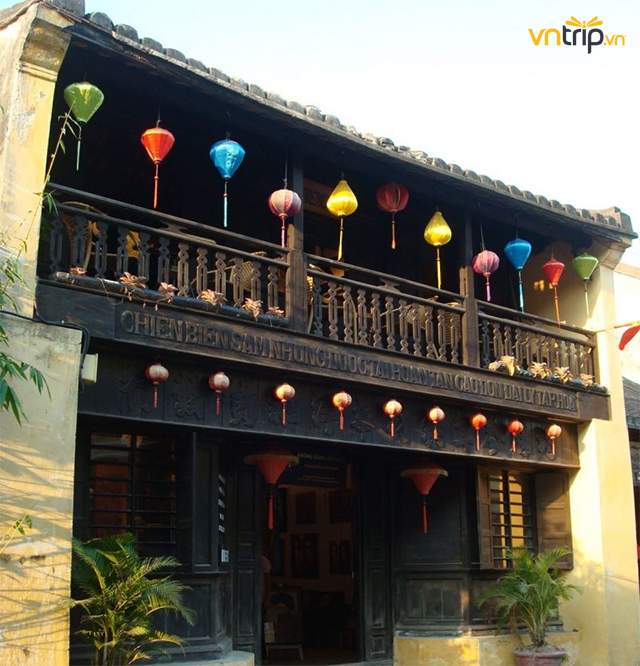 (Photo: Collectibles)
(Photo: Collectibles)
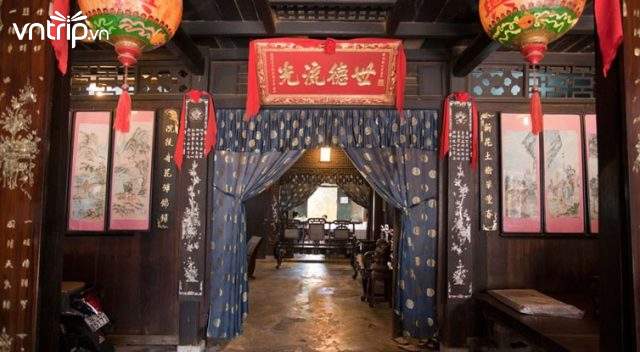 (Photo: Collectibles)
(Photo: Collectibles)
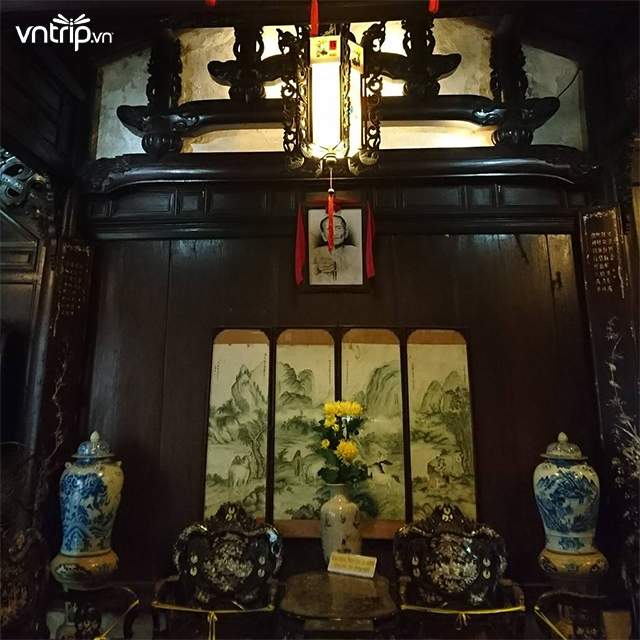 (PHOTO: Collectibles)
(PHOTO: Collectibles)
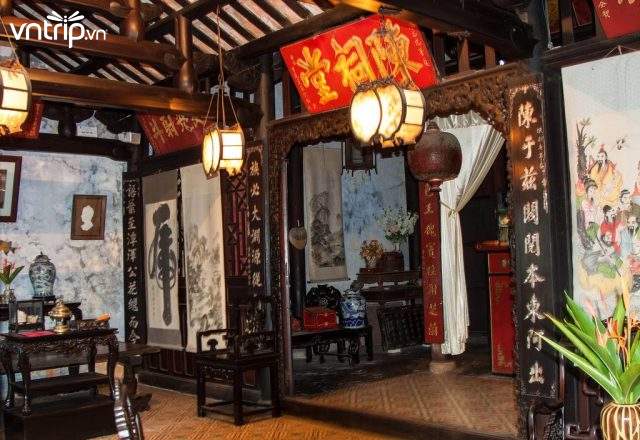 (Photo: Collectibles)
(Photo: Collectibles)
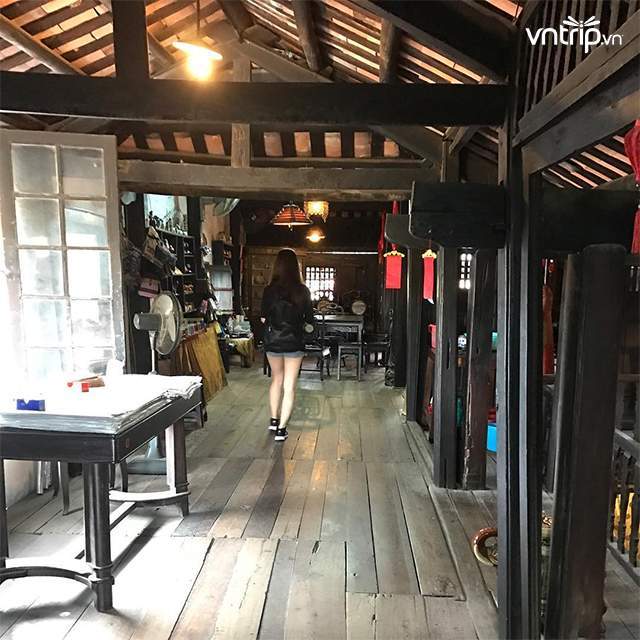 (Photo: Collectibles)
(Photo: Collectibles)
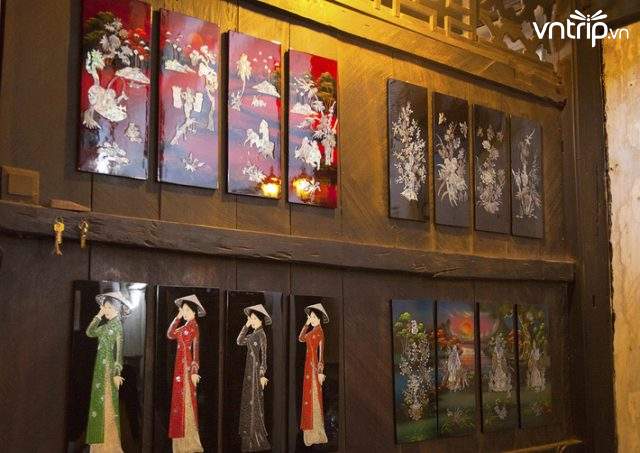 (Photo: Collectibles)
(Photo: Collectibles)
 (Photo: Collectibles)
(Photo: Collectibles)
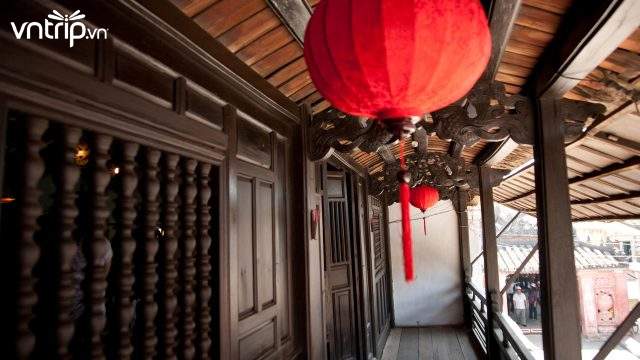 Address: No. 4 Nguyen Thi Minh Khai, near Hoi An Bridge (Photo: Collectibles)
Address: No. 4 Nguyen Thi Minh Khai, near Hoi An Bridge (Photo: Collectibles)
